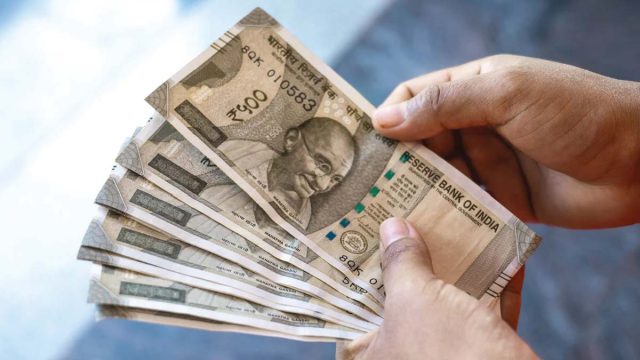The settlement of trade between Bangladesh and India in the rupee currency is expected to provide significant benefits to exporters, safeguarding them against currency conversion losses and saving time, as stated by numerous business individuals. This move aims to reduce reliance on the US dollar and promote bilateral trade. The inclusion of the Bangladesh taka in trade settlements is predicted to further enhance the growing commerce between the two nations.
Faruque Hassan, President of the Bangladesh Garment Manufacturers and Exporters Association (BGMEA), expressed optimism about the rupee settlement, emphasizing the advantages it will bring to local exporters. Initially applicable to imports worth $2 billion, it is expected to expand in the future. The introduction of a dual-currency debit card in September will alleviate the pressure on the dollar in both countries.
Hassan noted that the government has allocated Tk 10,000 crore to import raw materials, enabling garment exporters to conveniently purchase them from India using rupees. He also suggested that the hassle of multiple currency conversions will ease, and in the future, the taka should be included in two-way trade.
Md Fazlul Hoque, Managing Director of Plummy Fashions Ltd, a knitwear exporter, acknowledged India’s potential as a growing market for Bangladesh. He highlighted the potential benefits of settling trade in the rupee, particularly in terms of saving Tk 1 per dollar by avoiding multiple conversions. However, he raised concerns about the determination of the exchange rate between the Indian rupee and the taka, considering the different rates for exporters, importers, and remitters. Hoque also questioned whether raw materials could be purchased in rupees or taka.
Ahsan Khan Chowdhury, Chairman of Pran-RFL Group, regarded the trade settlement in the rupee as a commendable initiative that would foster closer ties and eliminate wastage and currency conversion losses. He emphasized the opportunity it presents in the significant Indian market.
MA Jabbar, Managing Director of DBL Group, a garment exporter to India, believed that the new initiative would simplify trade processes and reduce currency conversion costs, benefiting both Bangladeshi and Indian exporters and importers. He also advocated for trade settlements in taka.
According to Mohammad Hatem, Executive President of the Bangladesh Knitwear Manufacturers and Exporters Association, the reliance on the US dollar would be reduced, resulting in cost savings for businesses. Mohammad Ali Khokon, President of the Bangladesh Textile Mills Association, highlighted that the initial trade volume settled in rupees might reach $2 billion, but the balance of trade favors India, which exports goods worth over $12 billion to Bangladesh annually, compared to Bangladesh’s $2 billion.
Abdul Matlub Ahmad, President of the India-Bangladesh Chamber of Commerce & Industry, welcomed the introduction of a dual-currency card, which would minimize exchange rate losses associated with dollar conversions. He emphasized its usefulness for travelers from both countries, suggesting that a taka-rupee card would facilitate transactions.



















